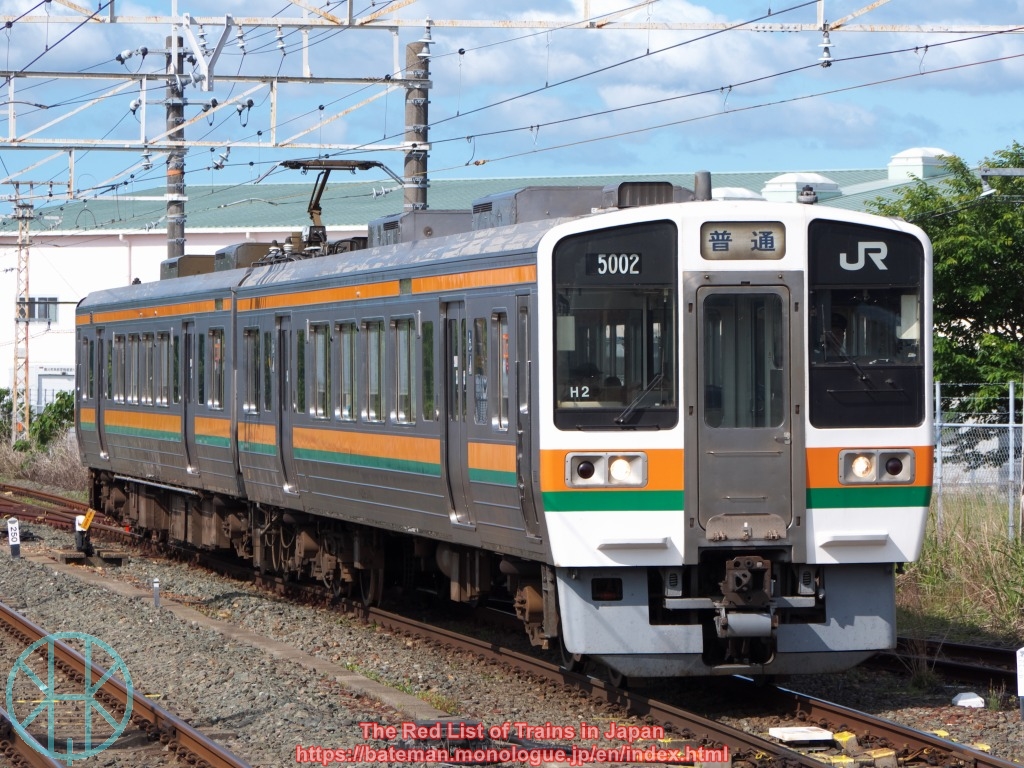Tokyo station is arguably the most famous railway hub in Japan, and is effectively the central station of the capital. The iconic red brick building on the west side, known as Marunouchi Side, was built in 1914. While largely destroyed during the Bombing of Tokyo in 1945, the building was reconstructed two years later, and it was restored to the original style in 2012. Today, it is one of just two active railway stations registered as the Important Cultural Property by the Government.
Tokyo station is generally seen as a symbol of the country's positive aspects, such as westernisation, modernisation and prosperity as well as resilience after the Second World War, but it also represents negative historical memories that are often overlooked. This is the place where two incumbent prime ministers were killed.
On 4th November 1921, Takashi Hara was stabbed to death by an 18-year-old pointsman of the Railway Ministry. There is a small plate on the wall, just next to a ticket machine at "Marunouchi South Entrance/Exit", with a tiny hexagon mark next to a small square pattern on the floor, showing the precise position of the incident.
Takashi Hara was the first commoner to become prime minister in Japanese history. He took office in 1918, and it was the first time in history that a member of the House of Representatives became the prime minister. This is why his premiership is sometimes called the dawn of democracy in Japan. It is also worth noting that he was the only Christian prime minister before the Second World War.
During his premiership, he engaged in improving higher education, including establishment or reorganisation of many private universities (e.g. Waseda, Keio and Doshisha) as well as new "higher schools" (different to high schools of today). However, inflation after the First World War remained stubbornly high, and the cost of living crisis led to criticisms of prioritising business leaders rather than citizens, which are said to have triggered the assassination.
The inscription reads:
On 4th November 1921 at 7:20 pm, Prime Minister Takashi Hara was walking towards a ticket gate at Marunouchi South Entrance to visit Kyoto, where a party conference of Seiyukai's Kyoto branch would be held. Then, a young man ran out and grazed a shoulder of Yoshikazu Takahashi (the first stationmaster) and suddenly stabbed Hara in his right chest with a six-inch dagger. Hara collapsed on the spot and received first aid treatment at the stationmaster's office, but he was already dead. The assailant stated that he committed the murder because he was dissatisfied with Hara and his cabinet's high-handed policies, but the true background of the incident remained unclear.
It was the very first assassination of a sitting prime minister in Japan. The assailant was sentenced to life imprisonment but pardoned in 1934. Since his imprisonment was disproportionately short, there have been rumours or even conspiracy theories about possible connection between him and other ultra right-wing activists, but it has not been verified. He died in 1980 at the age of 77.
Another prime minister was killed in less than ten years. On 14th November 1930, Osachi Hamaguchi was shot by a 21-year-old right-wing activist at the station, and died in the following year. There is another plate on the wall and a tile on the floor near a lift to platforms 9 and 10 at the central concourse, though the square symbol does not represent the actual position of the incident (he was actually shot at the platform above).
Osachi Hamaguchi became prime minister in 1929 and known for being dovish and an internationalist both diplomatically and economically. He also pursued austerity and reduction of armament that infuriated many Japanese. The public rage at him peaked when he ratified the Treaty for the Limitation and Reduction of Naval Armament (also known as the London Naval Treaty), which Hamaguchi believed helpful for both budget cut and maintaining good relationship with the United Kingdom and the United States. He was accused by opposition parties and the military of violating Article 11 of the constitution, which prescribed that "The Emperor has the supreme command of the Army and Navy", while he and ministers believed that approval of the Diet and the Privy Council would suffice.
The inscription reads:
On 14th November 1930 at 8:58 am, Prime Minister Osachi Hamaguchi was walking down the platform to the first-class coach of the Limited Express "Tsubame" that would depart at 9 am, en route to Okayama Prefecture to observe a special army manoeuvre. Then, a gunshot rang out, and Hamaguchi collapsed, clutching his abdomen. He received first aid by doctors, and underwent surgery at the Tokyo Imperial University Hospital. His condition initially seemed to improve, but died on 26th August in the following year. It is said that the assailant committed the attack as he opposed Hamaguchi's government, led by Constitutional Democratic Party, which resisted pressure from the military during the ratification of the London Treaty.
After the assassination of Hara, the authorities decided to temporarily close part of a station when a prime minister was about to board or alight from a train, but Hamaguchi asked the security personnel to lift the restriction as he did not want to inconvenience other citizens. It ended up with the tragedy.
This incident had a significant impact on the Japanese politics. This case and the assassination of Tsuyoshi Inukai, another sitting prime minister killed in 1932, were decisive for the premature democracy in the country, consequently replaced with militarism.
These memorials are very subtle and not noticeable, presumably because they are not something the Japanese people or JR East are proud of. Even so, these marks silently remind us of significant moments in history. As the world is deeply divided with disinformation and agitation, they also remind us that the true value of these monuments should never be underestimated.














